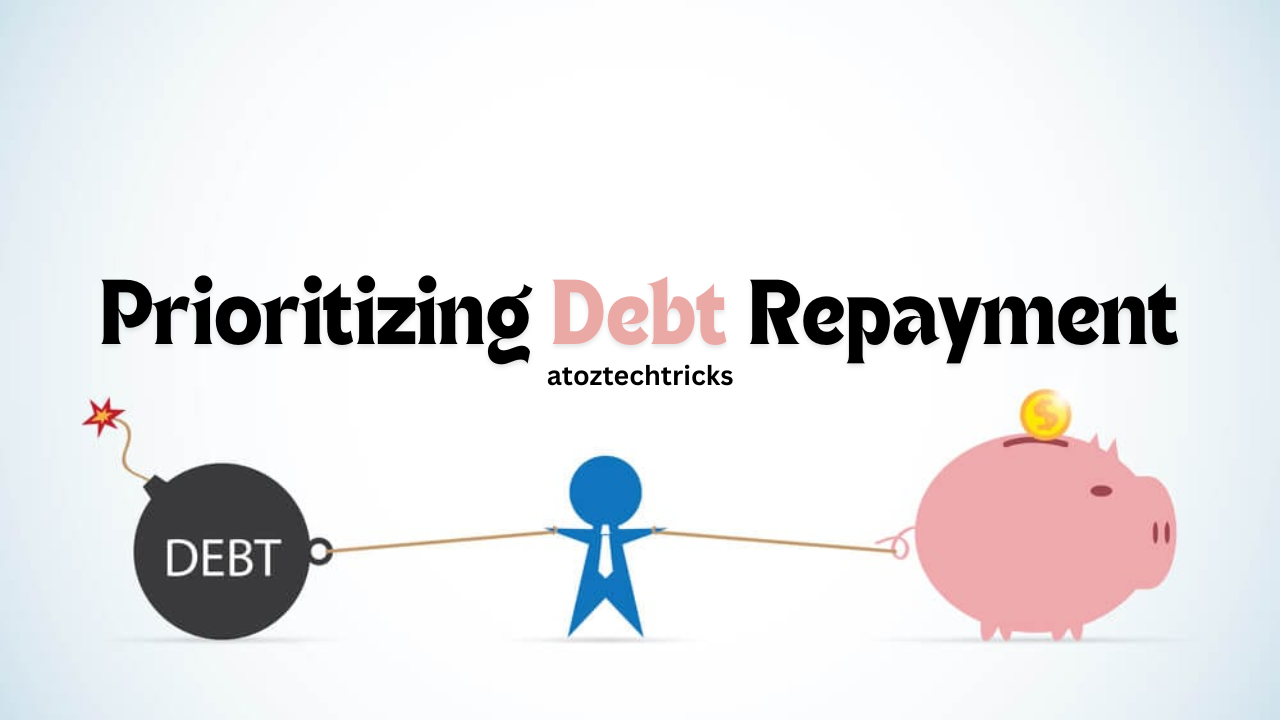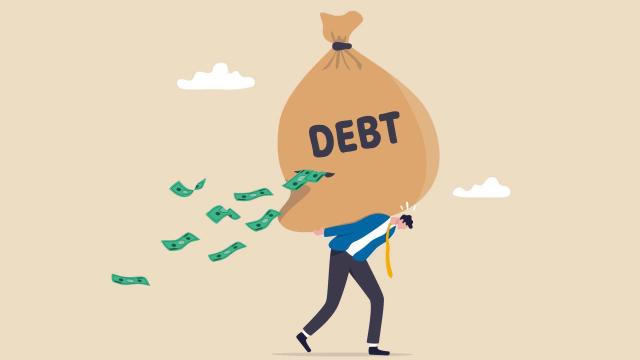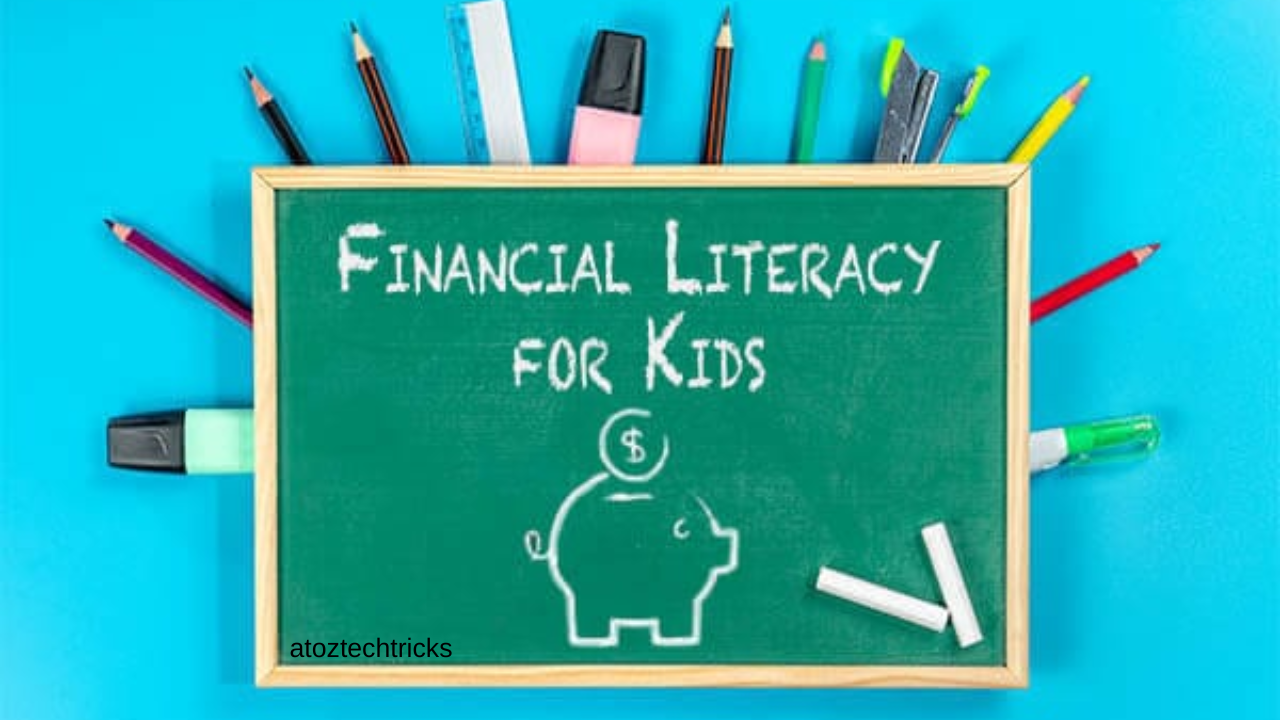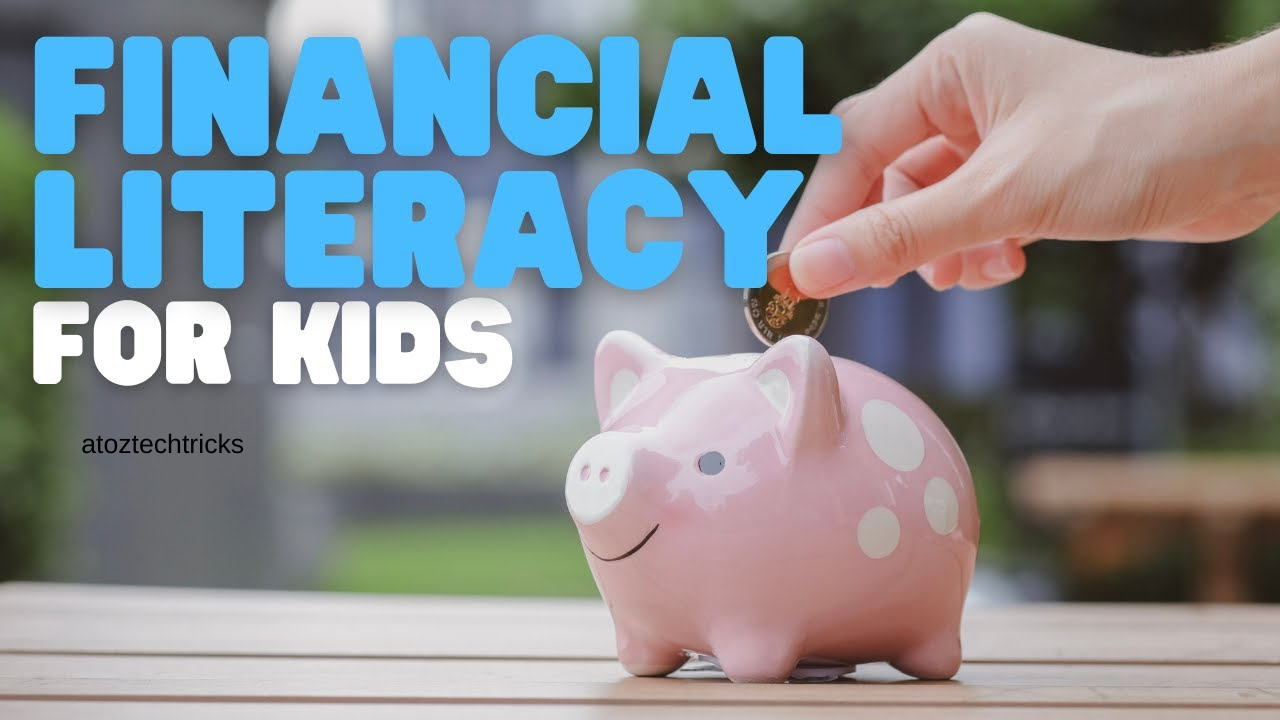Prioritizing Debt Repayment: A Comprehensive Guide to Financial Freedom
Debt can be a heavy burden that hinders financial growth and causes significant stress. Whether it’s credit card debt, student loans, medical bills, or a mortgage, managing multiple debts can be overwhelming. However, prioritizing debt repayment is a crucial step towards financial freedom. By creating a strategic plan, you can tackle your debts efficiently and reduce the overall financial strain. This guide will walk you through the steps to prioritize debt repayment, offering practical advice to help you regain control of your financial future.
Understanding the Different Types of Debt
Before diving into debt repayment strategies, it’s essential to understand the different types of debt. Debt can be categorized into two primary types: secured and unsecured debt.
- Secured Debt: This type of debt is backed by collateral, such as a house or car. If you fail to make payments, the lender can seize the asset to recoup their losses. Mortgages and auto loans are common examples of secured debt.
- Unsecured Debt: Unlike secured debt, unsecured debt is not tied to any asset. This means lenders cannot take specific property if you default on your payments. However, they can still take legal action to recover the money. Credit card debt, medical bills, and personal loans are examples of unsecured debt.
Understanding these distinctions is crucial because the type of debt influences the priority and approach to repayment. Secured debts generally take precedence since failure to pay could result in the loss of essential assets.
Assessing Your Financial Situation
The first step in prioritizing debt repayment is to assess your overall financial situation. This involves taking a detailed look at your income, expenses, and existing debts. Here’s how to get started:
- List All Debts: Create a comprehensive list of all your debts, including the type of debt, interest rate, minimum payment, and outstanding balance. This list will serve as the foundation for your repayment strategy.
- Calculate Your Total Debt: Add up the outstanding balances to determine your total debt. This figure will give you a clear picture of what you owe.
- Review Your Budget: Analyze your monthly income and expenses. Identify areas where you can cut back or eliminate spending to free up more money for debt repayment.
- Determine Your Debt-to-Income Ratio: Your debt-to-income (DTI) ratio is a critical metric that lenders use to evaluate your financial health. To calculate your DTI, divide your total monthly debt payments by your gross monthly income. A DTI ratio above 40% is considered high and may indicate that you are overextended.
- Identify High-Interest Debt: High-interest debts, such as credit cards, can accumulate quickly if not addressed. Make a note of these debts as they will likely become a top priority in your repayment plan.
Setting Clear Financial Goals
Once you have a clear understanding of your financial situation, it’s time to set specific, measurable goals for debt repayment. Establishing clear goals will keep you motivated and focused on your path to financial freedom.
- Short-Term Goals: These goals focus on immediate actions you can take within the next few months. For example, aim to pay off one credit card or reduce your DTI ratio by a certain percentage.
- Medium-Term Goals: Set goals that you plan to achieve within the next one to three years. This might include paying off all unsecured debt or reducing your mortgage balance by a specific amount.
- Long-Term Goals: Long-term goals may involve eliminating all debt, including your mortgage, and building a substantial emergency fund. These goals typically extend beyond three years.
Having a mix of short-term, medium-term, and long-term goals will give you a roadmap to follow and allow you to track your progress.
Strategies for Prioritizing Debt Repayment
There are several strategies for prioritizing debt repayment, each with its advantages and disadvantages. Choosing the right strategy depends on your financial situation, goals, and personal preferences.
- The Debt Snowball Method
The debt snowball method is a popular strategy that focuses on paying off the smallest debt balances first. Here’s how it works:
- List your debts in order from smallest to largest balance.
- Make minimum payments on all debts except the smallest one.
- Allocate any extra money to pay off the smallest debt as quickly as possible.
- Once the smallest debt is paid off, move on to the next smallest, and so on.
Advantages: The debt snowball method provides quick wins by eliminating smaller debts first. This can boost your motivation and give you a sense of accomplishment.
Disadvantages: This method doesn’t prioritize interest rates, so you might end up paying more in interest over time compared to other methods.
- The Debt Avalanche Method
The debt avalanche method prioritizes paying off debts with the highest interest rates first. Here’s how it works:
- List your debts in order of interest rate, from highest to lowest.
- Make minimum payments on all debts except the one with the highest interest rate.
- Allocate any extra money to pay off the highest-interest debt as quickly as possible.
- Once the highest-interest debt is paid off, move on to the next highest, and so on.
Advantages: The debt avalanche method minimizes the total interest paid over time, making it the most cost-effective strategy.
Disadvantages: Paying off higher-interest debts can take longer, which might delay the sense of progress and accomplishment.
- The Hybrid Approach
The hybrid approach combines elements of both the debt snowball and debt avalanche methods. For example, you might start with the debt snowball method to gain momentum and then switch to the debt avalanche method to minimize interest payments.
Advantages: This approach offers the psychological benefits of the debt snowball method while also addressing high-interest debts effectively.
Disadvantages: Balancing the two methods can be challenging, and it requires careful planning to ensure you stay on track.
- Consolidation and Refinancing
Debt consolidation and refinancing involve combining multiple debts into a single loan with a lower interest rate. This can simplify payments and reduce the overall cost of debt. Options include personal loans, balance transfer credit cards, and home equity loans.
Advantages: Consolidation can lower your interest rate and reduce the number of payments you need to manage. It also provides a clear repayment timeline.
Disadvantages: Consolidation might extend the repayment period, leading to higher total interest payments over time. Additionally, not all debts can be consolidated, and some options may require collateral.
- Debt Management Plans
If you’re struggling to manage your debts, a debt management plan (DMP) offered by a credit counselling agency might be an option. A DMP consolidates your debts into one monthly payment, often with reduced interest rates and fees. The credit counsellor negotiates with creditors on your behalf and helps you create a realistic budget.
Advantages: DMPs provide structured repayment plans and can significantly reduce interest rates and fees.
Disadvantages: DMPs can take several years to complete, and they may impact your credit score. Additionally, not all creditors participate in DMPs.
Creating a Budget that Supports Debt Repayment
A well-structured budget is essential for successful debt repayment. Your budget should prioritize debt payments while still covering essential living expenses. Here’s how to create a budget that aligns with your debt repayment goals:
- Calculate Your Net Income: Start by determining your monthly net income, which is your take-home pay after taxes and deductions.
- List Your Expenses: Categorize your monthly expenses into fixed (e.g., rent, utilities) and variable (e.g., groceries, entertainment) costs. Be honest and thorough to ensure accuracy.
- Prioritize Essential Expenses: Ensure that your budget covers essential expenses, such as housing, utilities, transportation, and groceries, before allocating money to debt repayment.
- Allocate Funds for Debt Repayment: Dedicate a specific portion of your income to debt repayment. Aim to pay more than the minimum payment whenever possible to accelerate your progress.
- Cut Unnecessary Spending: Identify non-essential expenses that can be reduced or eliminated to free up more money for debt repayment. Consider cutting back on dining out, entertainment, and subscriptions.
- Create an Emergency Fund: While focusing on debt repayment, it’s also important to build an emergency fund to cover unexpected expenses. Aim to save at least $1,000 initially and gradually increase it to cover three to six months’ worth of living expenses.
- Review and Adjust: Regularly review your budget to track your progress and make adjustments as needed. Life circumstances may change, so it’s important to stay flexible.

Dealing with Debt Collectors and Negotiating Settlements
If you’re facing aggressive debt collectors or struggling to make payments, negotiating a settlement might be an option. Here’s how to approach this situation:
- Know Your Rights: Familiarize yourself with your rights under the Fair Debt Collection Practices Act (FDCPA). Debt collectors must follow specific rules, and understanding your rights can protect you from harassment.
- Communicate with Your Creditors: If you’re unable to make payments, contact your creditors to discuss your situation. Many creditors are willing to work with you to create a modified payment plan or settlement.
- Negotiate a Settlement: If you have a lump sum of money available, consider negotiating a settlement for less than the full amount owed. Creditors may agree to accept a lower payment to resolve the debt.
- Get Everything in Writing: Before making any payments, ensure that the settlement agreement is documented in writing. This protects you from future claims or collection efforts.
- Seek Professional Help: If you’re unsure how to handle debt collectors or negotiate settlements, consider working with a credit counsellor or attorney who specializes in debt relief.
Staying Motivated and Avoiding New Debt
Paying off debt is a long-term commitment that requires persistence and discipline. To stay motivated and avoid accumulating new debt, consider the following tips:
- Celebrate Milestones: Acknowledge and celebrate your progress, no matter how small. Paying off a credit card or reducing your overall debt by a specific amount are achievements worth recognizing.
- Visualize Your Goals: Keep your financial goals in mind by visualizing the benefits of a debt-free life. This could include greater financial security, the ability to save for retirement, or the freedom to make significant life changes.
- Avoid Temptations: Limit your exposure to temptations that could lead to new debt, such as unnecessary shopping or impulse purchases. Consider deleting shopping apps, unsubscribing from marketing emails, and setting a waiting period before making non-essential purchases.
- Focus on the Long-Term Benefits: Remind yourself of the long-term benefits of being debt-free, such as improved credit scores, lower stress levels, and the ability to build wealth.
- Seek Support: Share your debt repayment journey with a trusted friend or family member who can offer encouragement and accountability. Consider joining online forums or support groups where you can connect with others who are also working towards debt freedom.
The Role of Credit Scores in Debt Repayment
Your credit score plays a significant role in your financial health and affects your ability to access credit in the future. Understanding the relationship between debt repayment and credit scores can help you make informed decisions.
- Impact of Debt on Credit Scores: High levels of debt, especially credit card debt, can negatively impact your credit score. Carrying large balances relative to your credit limits (known as credit utilization) is a common factor that lowers scores.
- How Debt Repayment Affects Credit Scores: Paying off debt can improve your credit score over time, particularly if you reduce your credit utilization ratio and avoid late payments. However, closing accounts after paying them off might temporarily lower your score, so consider keeping them open, especially if they have a long history.
- Monitoring Your Credit: Regularly monitor your credit report to track your progress and ensure that your efforts are reflected in your credit score. You’re entitled to one free credit report per year from each of the three major credit bureaus (Equifax, Experian, and TransUnion).
- Using Credit Wisely: After paying off your debts, use credit wisely to maintain a healthy credit score. Pay your bills on time, keep your credit utilization low, and only apply for new credit when necessary.

Achieving Financial Freedom Through Debt Repayment
Prioritizing debt repayment is a critical step towards achieving financial freedom. By understanding your debts, setting clear goals, and adopting a strategic approach, you can regain control of your finances and reduce the stress associated with debt. Whether you choose the debt snowball method, debt avalanche method, or a hybrid approach, the key is to stay committed and focused on your long-term financial well-being.
Remember, the journey to becoming debt-free is a marathon, not a sprint. It requires patience, discipline, and perseverance. But with the right plan and mindset, you can eliminate your debt and build a secure financial future for yourself and your loved ones. Start today, and take the first step towards a life free from the burden of debt.





Post Comment